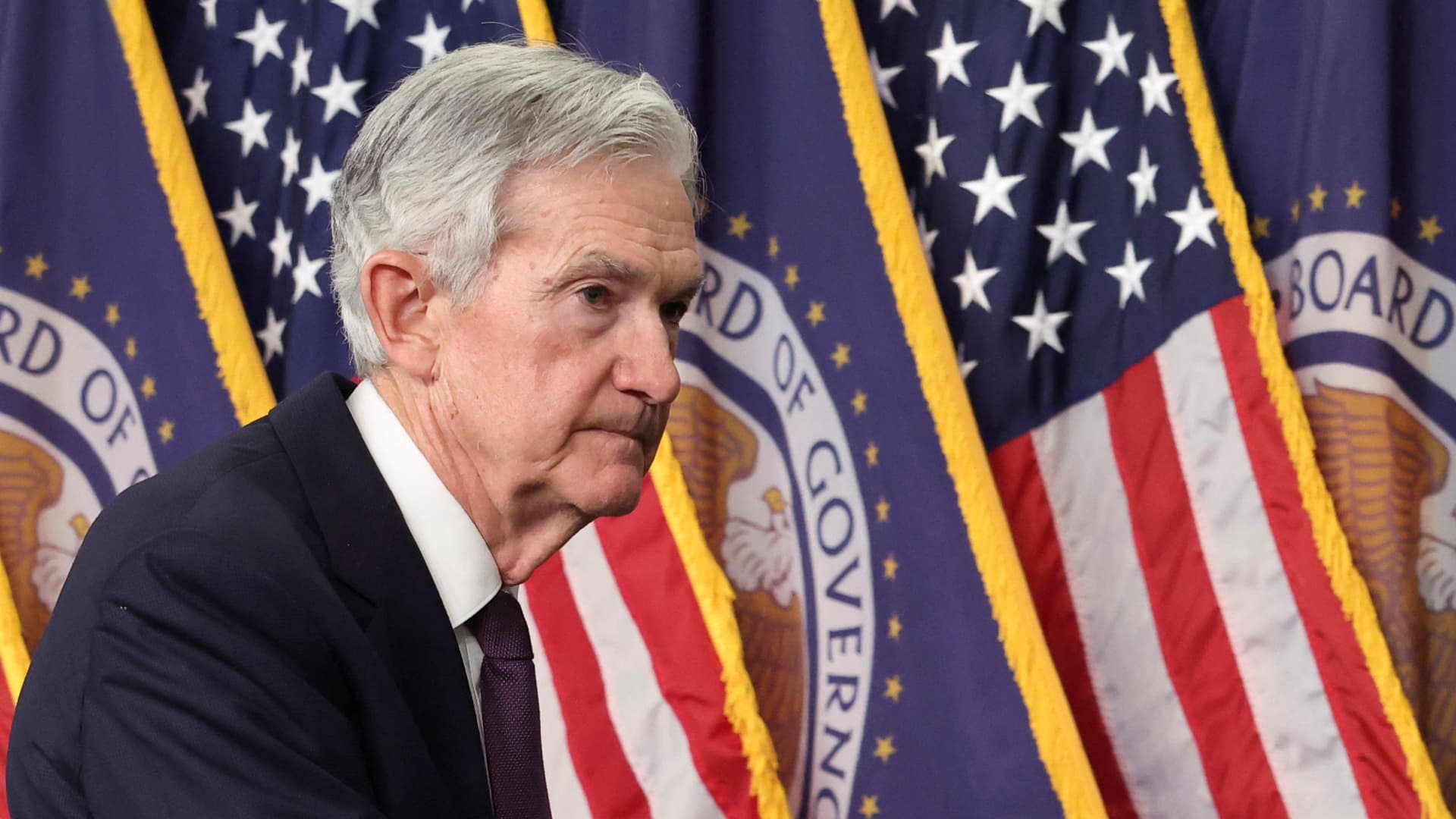Trump’s Call for Interest Rate Cuts: A Reaction to Weak ADP Jobs Data
The recent release of the ADP employment report showing a significant slowdown in private-sector job growth has sparked a strong reaction from President Donald Trump. The data indicated the lowest number of new private jobs added in recent years, signaling potential economic softness. In response, Trump publicly urged Federal Reserve Chair Jerome Powell to lower interest rates immediately, labeling Powell as “Too Late” and criticizing his reluctance to act swiftly.
—
Context: Weak Jobs Data Signals Economic Cooling
The ADP report revealed a notable slowdown in U.S. private-sector hiring, with only around 37,000 new jobs added in May, the lowest figure in over two years. This pace of job creation raised alarms for market watchers and policy makers, suggesting a cooling labor market which could foreshadow broader economic slowing. Economists had expected more robust growth, especially following previous months that hinted at some recovery.
The private-sector job market’s weakness implies that wage growth pressures might ease and consumer demand could soften. This challenges the Federal Reserve’s current stance on interest rates, which have been maintained at higher levels to combat inflation but risk derailing economic expansion.
—
Trump’s Criticism of Jerome Powell: “Too Late” and “Unbelievable”
President Trump’s reaction has been vociferous and pointed. Through social media posts on platforms like Truth Social, he branded Fed Chair Jerome Powell as “Too Late,” accusing him of failing to act promptly in lowering interest rates. Trump emphasized that other regions, such as Europe, have already cut rates multiple times, suggesting the U.S. Federal Reserve is lagging dangerously behind.
He also employed harsh language by calling Powell a “major loser,” blaming him for not reducing rates to provide the necessary stimulus to sustain growth. Trump’s calls reflect a long-standing frustration with the Fed’s cautious approach during his presidency and post-presidency, especially as the US economy faces headwinds like trade tensions and inflationary pressures.
—
Market Implications: US Dollar Weakening and Gold Surge
The narrative unfolding from the jobs data and Trump’s comments has produced tangible market movements:
– US Dollar Decline: The ledge of negative sentiment around the economic outlook and pressure on the Fed to lower rates has weakened the US Dollar against other currencies. A softer dollar increases the attractiveness of dollar-priced assets in foreign markets but also complicates inflation management.
– Gold Price Rally: As the dollar weakens, gold has surged beyond $3,400 per ounce, benefiting from its status as a safe-haven and hedge against currency devaluation. This upward move underscores investor concerns about economic and policy uncertainties.
Such market shifts underscore the delicate balance the Federal Reserve must strike between combating inflation and avoiding a deep economic slowdown.
—
Broader Economic and Policy Considerations
The backdrop for these developments includes several elements:
– Fed’s Interest Rate Strategy: Despite slowing job growth, the Federal Reserve has maintained a stance of patience, prioritizing inflation control. However, there is growing speculation among economists and analysts that rate cuts might arrive sooner than anticipated—potentially as early as July—to preempt recession risks.
– External Challenges: Trump’s import tariffs and trade policies have contributed to price pressures, complicating the Fed’s ability to stimulate growth without further inflating costs.
– Employment Data Uncertainty: While ADP’s report signals slowing growth, other labor market measures like the non-farm payroll data can tell a different story, leading to ongoing debates about the robustness of the recovery.
—
The Political Dimension: Trump vs. Powell
Trump’s public criticism of Powell is as much a political maneuver as an economic argument. By repeatedly singling out Powell and demanding immediate rate cuts, Trump places pressure on the Federal Reserve, an institution traditionally independent from political influence. This ongoing feud highlights tensions about who should steer the economic policy path amid uncertain conditions.
Such criticism can impact market confidence, as seen in temporary declines in stock prices following Trump’s statements. It also fuels debates over the Fed’s independence and the appropriate timing and tools for addressing economic challenges.
—
Conclusion: Interest Rates, Politics, and Economic Uncertainty
The convergence of weak labor data, aggressive calls from President Trump for rate cuts, and Federal Reserve caution paints a complex economic landscape. The slowdown in job creation has amplified concerns about growth prospects, putting pressure on monetary policy to respond swiftly. Trump’s blunt condemnation of Jerome Powell as “Too Late” underscores the impatient political mood demanding immediate economic relief.
However, balancing inflation control with growth support remains a precarious task for the Fed—one complicated by external factors such as trade policies and global economic conditions. Markets have already reacted with a weaker dollar and rising gold prices, reflecting the uncertainty ahead.
The resolution of this standoff between economic data, political voices, and monetary policy will be pivotal in shaping the US economic trajectory in the near term. Whether Powell will heed Trump’s demands or maintain a measured approach remains to be seen, but the consequences of either choice will be keenly felt across financial markets and everyday economic life.





